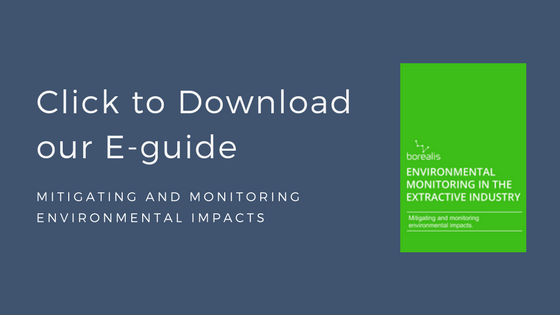Measuring progress on sustainability is a complex task as it’s always hard to see the value of an intangible asset. However, even if they’re still not quite obvious to everyone yet, intangible assets are as impactful as tangible assets to business profitability.
Stakeholders now ask organizations to be socially and environmentally sustainable, as well as to adhere to responsible business practices. Corporate social responsibility and sustainable management have become important parts of organizations’ strategy and their day-to-day operations.
But how can you gauge your actions? How can you measure something intangible?
Organizations have become used to produce an annual sustainability report. But is a sustainability report really helping to measure the success of your strategy, or is it only a glossy marketing document?
Sustainability reporting: overrated and useless?
Sustainability reporting: overrated and useless?
The reporting landscape is crowded with different standards using all kinds of acronyms: GRI, IIRC, CDP, SASB or TCFD. Everyone wants to guide you during your reporting process.
Yet, some complain that reporting is too complex and takes too much time. Sustainability reporting may distract attention from sustainability strategy.
Indeed, Tim Mohin, the new head of the Global Reporting Initiative says: “Companies produce these beautiful 100 plus-page reports full of glossy photos and marketing materials, but outside the company they have little impact and is largely ignored by the mainstream investment community.”
While Tim Mohin wants to see more sustainability reporting, he thinks the glossy CSR report is well past its sell-by date.
The real question is how to make sustainability reporting more relevant for the company and its investors?
Not only are CSR reports usually ignored by investors; they also have minor impact on C-suites. Upper-management doesn’t see the point. They don’t take the time to read it or they don’t feel concerned.
Yet, sustainability teams take a lot of time to create it. It seems that it’s their only job for half the year. And it appears like it prevents them from acting.
“Sustainability teams need to be story makers, not storytellers.” – The 2018 Redefining Sustainable Business BSR’s report.
However, sustainability reporting is crucial for business and should not be discarded. Publishing information and making it public creates a powerful incentive for performance improvement and it helps focus on crucial issues to company success.
When your sustainability report goes out into the world, you must stand up for your actions and take responsibility for your failures.
“Reporting has an effect to solidify program management. There is a difference between high quality and low quality, and this pushes higher quality outputs.” – The 2018 Redefining Sustainable Business BSR’s report.
Instead of looking for the greatest pictures and the most diplomatic words, you should focus on optimizing your report.
How?
- Be concise, consistent and comparable.
- Don’t get bogged down by details. Focus on what’s important for your organization.
- Don’t hesitate to collaborate with other departments. It will have more impact on your reporting.






